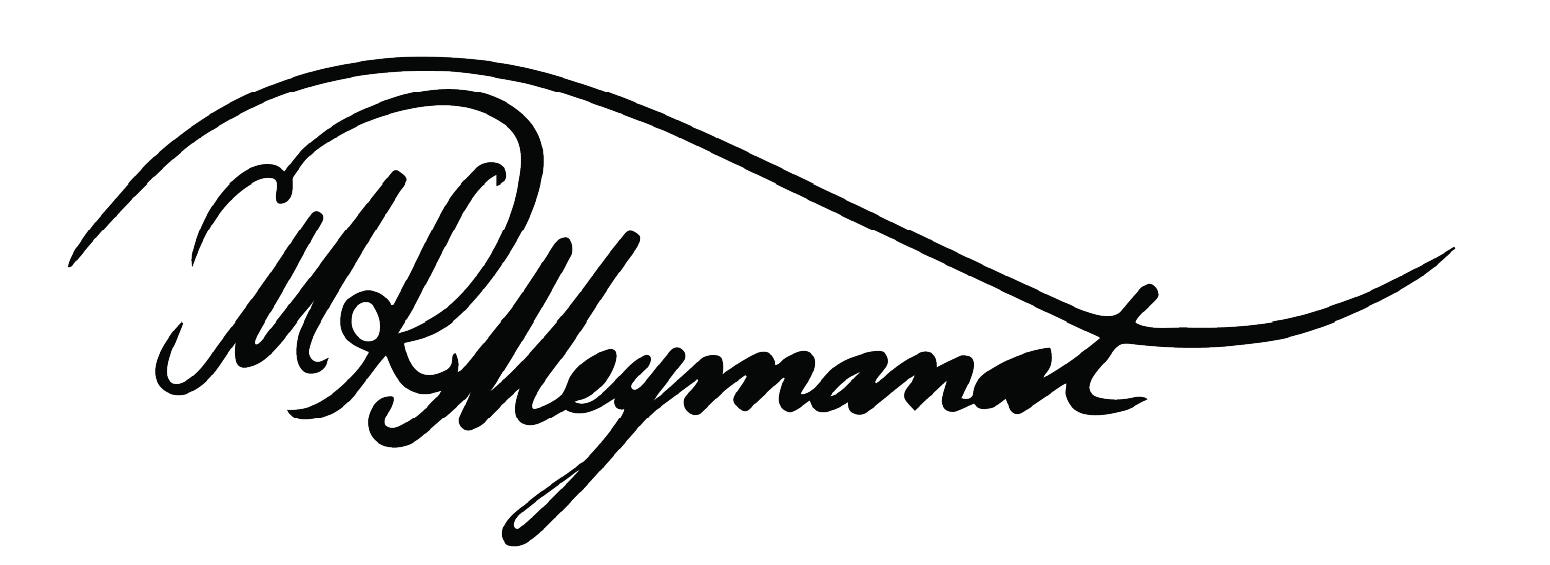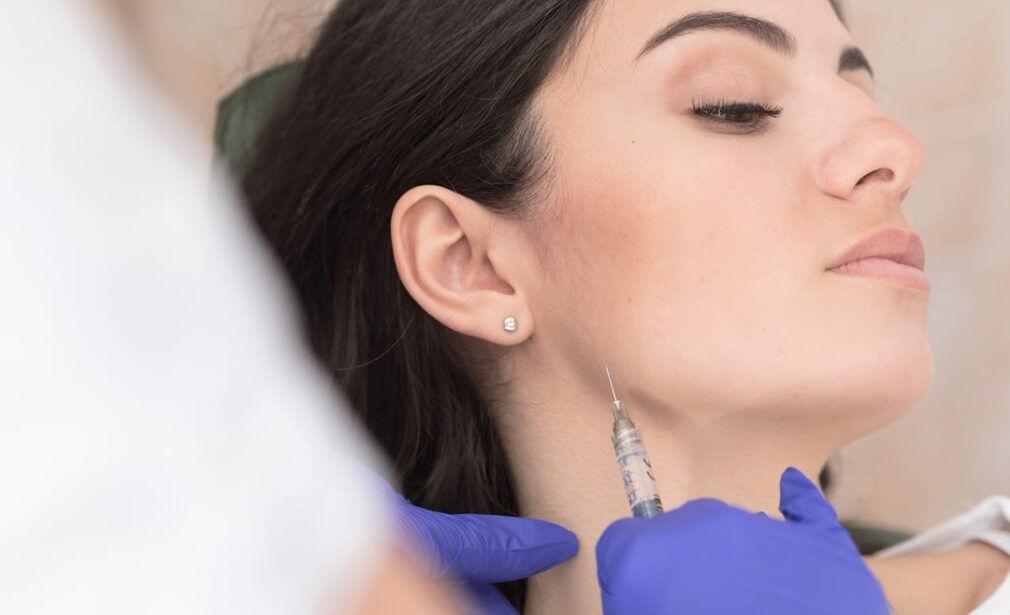What is Sculptra
Sculptra is an injectable poly-L-lactic corrosive (PLLA) that works continuously, after some time, to assist with animating the body’s own regular collagen creation. Collagen is a protein that is found in the profound dermis, it secures skin cells together, assists with supplanting dead skin cells, and structures a framework to give strength and design to the skin.
As we age collagen creation dials back. Ecological variables like smoking, stress, and UV light openness can likewise cause a decrease in collagen creation, this is the way a few wrinkles structure. Loss of collagen is one reason indications of maturing show up on the face.
The minute Sculptra gems actuate a gentle incendiary response under the skin where the item is infused, this will trigger the arrangement of new collagen. Collagen creation will slowly expand, making the volume improving aftereffects of the Sculptra treatment apparent in around 4 a month and a half.
Poly-L-lactic corrosive is quite possibly the most well-informed polymer utilized for applications both in beauty care products and clinical gadget applications. A manufactured compound, it is gotten from sustainable plant sources, for example, sugar stick, cassava root and corn starch and is one of the parts of dissolvable lines. These normal sources are the reason, in spite of the fact that it is considered a “plastic,” it is likewise bioactive (equipped for having an impact or cooperation with living tissue) and biodegradable (fit for being separated or decayed by living things, like microorganisms).
Sculptra is utilized to lessen the presence of facial lines and wrinkles, to reestablish facial forms and volume misfortune. Sculptra is likewise utilized for bottom expansion, skin restoration, and for the improvement of free skin on the knees, elbows, and chest. Sculptra treatment has become known as the “fluid facelift” because of its emotional and noteworthy outcomes.
Collagen & Ageing Process
Collagen is a critical structural component underneath the skin that creates volume and helps maintain the young appearance of the skin. Our bodies produce less collagen with time, and our skin loses its suppleness and volume. This, in conjunction with environmental variables like as sun exposure, contributes to the development of wrinkles, creases, and folds.
Collagen-containing anti-aging lotions cannot penetrate the skin’s surface to replenish depleted collagen. However, Sculptra is capable.
Sculptra works deep under the skin to organically promote the body’s own collagen production. Sculptra progressively raises or restores volume to repair wrinkles and folds as lost collagen is restored. Your new young appearance develops gradually over a series of treatments, resulting in a subtle and natural-looking result. Additionally, effects may persist up to two years.
The Difference in Sculptra
There are many alternatives for minimising apparent symptoms of ageing, but Sculptra is unique. Sculptra is a minimally invasive procedure that can restore your young appearance gradually with natural-looking and long-lasting effects. Sculptra is not a panacea; it produces gradual effects over time.
Sculptra’s Operating System
Sculptra addresses one of the primary causes of face ageing: collagen loss. The primary component of Sculptra, poly-L-lactic acid (PLLA), starts working inside the deep dermis (underlying skin) to progressively restore damaged collagen. PLLA is biodegradable and biocompatible (absorbed naturally by the body).
What Sculptra Is Capable
Sculptra progressively replenishes depleted collagen, resulting in a young, natural appearance.
Sculptra:
- Contributes to the correction of skin depressions, such as creases, wrinkles, folds, and scars, in order to fight skin ageing.
- Is appropriate for high volume repairs of face fat loss symptoms (lipoatrophy).
- The effects of treatment vary from person to person. To preserve the intended effect, touch-ups may be required. Your doctor will discuss the best course of action for you depending on your unique circumstances.
Possibility of Side Effects
Immediately after a Sculptra injection, the injection site may experience redness, swelling, and/or bruising. These usually subside within a few hours to a week after the injection.
Swelling caused by injections usually resolves within a few hours to a few days.
Anticoagulant-treated patients may develop hematomas (blood spots under the skin) or localized bleeding at the injection site.
Small papules (solid lumps) may develop in the treatment region. Typically, these subcutaneous (below the skin) papules are not visible and are only detected by pushing on the treatment region. Nodules (small spherical lumps) or regions of induration have been seen in the injection site and have been linked with inflammation or discoloration on occasion.
Additionally, the following adverse reactions have been reported: injection site abscess, injection site infection, including cellulitis (facial), staphylococcal infection, local infection, granuloma formation, allergic reaction, injection site urticaria, injection site swelling, skin hypertrophy and atrophy, hypersensitivity, angioedema, telangiectasias, and skin sarcoidosis.
Additionally, scarring and skin discoloration have been observed.
This is a short list of potential adverse reactions.
Use Appropriate Aftercare
Your doctor will give you with post-operative advice that will hopefully assist reduce adverse effects. Aftercare may involve rubbing the treated area to ensure equal distribution of the substance and cooling the region to minimise swelling and/or bruising. Avoid direct application of ice to the skin. Continue reading to learn more about aftercare.
Important Safety Records
Sculptra should not be utilised in anybody who is allergic to any of the product’s components.
Sculptra should not be used in anybody who has active skin inflammation or infection in or around the treatment region until the inflammatory or infectious process is controlled.
Prior to therapy, it is important to address numerous precautions with your healthcare practitioner. Notify your physician if you have any of the following:
- If you are taking anticoagulants, there is a risk of developing a hematoma or localised bleeding at the injection site.
- If you have a known history of keloid development or hypertrophic scarring, or if you are predisposed to it.
- If a laser treatment, chemical peel, or other technique that involves an active skin reaction is done before to or after the therapy. There is a possibility that an inflammatory response will occur at the implant site.
Sculptra injection process responses have been reported to include hematoma, bruising, edoema, soreness, inflammation, erythema, temporary bleeding from an area the size of the needle’s tip or brief pain, localised redness at the injection site, and ecchymosis. The most often reported adverse effect associated with the device was the delayed development of subcutaneous papules, which were usually palpable, asymptomatic, and non-visible.
Rare but serious adverse events have been reported following intravascular injection of soft tissue fillers in the face, including temporary or permanent vision impairment, blindness, cerebral ischemia or haemorrhage, which can result in stroke, skin necrosis, and damage to underlying facial structures. You should discuss possible treatment risks with your healthcare provider so that you are aware of potential problems’ signs and symptoms.
Following treatment, avoid excessive sun exposure and UV light exposure on the treated region until any early swelling and redness has gone.
- Only qualified healthcare professionals should administer this product.
- Pregnant or nursing women have not been tested for this product.
- Not to be used in children under the age of 18 years.
- Adverse effects associated with injections may include bruising, erythema, itching, swelling, discomfort, and soreness. These adverse effects often disappear on their own after one week of injection. Additional adverse reactions to dermal filler injections are possible. You should explore the possible hazards associated with therapy with your healthcare provider.
- Prior starting treatment, discuss all possible hazards with your healthcare practitioner. This is just a portion of the safety information available.
Frequently asked questions
The obvious consequences of face ageing include a loss of elasticity, wrinkles, and thinning skin.
Facial ageing often starts in late adolescence. Additionally, wrinkles and changes in pigmentation may begin to develop, becoming more noticeable as we age. Of course, changes differ according to individual.
Internal and environmental factors contribute to facial ageing. Internal (or chronological) variables are a result of heredity and occur throughout time. External (or environmental) variables include sun exposure, smoking, facial expressions, and sleeping posture. All of these variables may result in alterations to the skin and facial bones.
Collagen is a critical structural component underneath the skin that gives volume and helps maintain a young appearance. Our bodies produce less collagen with time, and our skin loses its suppleness and volume. This, in conjunction with environmental variables like as sun exposure, contributes to the development of wrinkles, creases, and folds.
Sculptra is an aesthetic procedure that may be used to augment the volume of depressed regions, most notably in the skin creases, wrinkles, folds, and scars, as well as to assist fight skin ageing. Sculptra is also effective for big volume repairs of face fat loss symptoms (lipoatrophy).
If you are allergic to or hypersensitive to any of the components in Sculptra, you should not use it. You should not be treated if you have a current skin infection or inflammation in or near the treatment region, or if you have a known history of keloid or hypertrophic scarring.
Any injection may cause some discomfort. Prior to treatment, speak with your doctor about what to anticipate.
It is advised that you visit your doctor no sooner than four weeks after the first injection session to evaluate the necessity for further therapy. Bear in mind that the original skin depression may resurface initially, but it should progressively improve over many weeks as the Sculptra treatment effect takes effect. During your first appointment, your doctor will discuss the possibility of further injection sessions.

